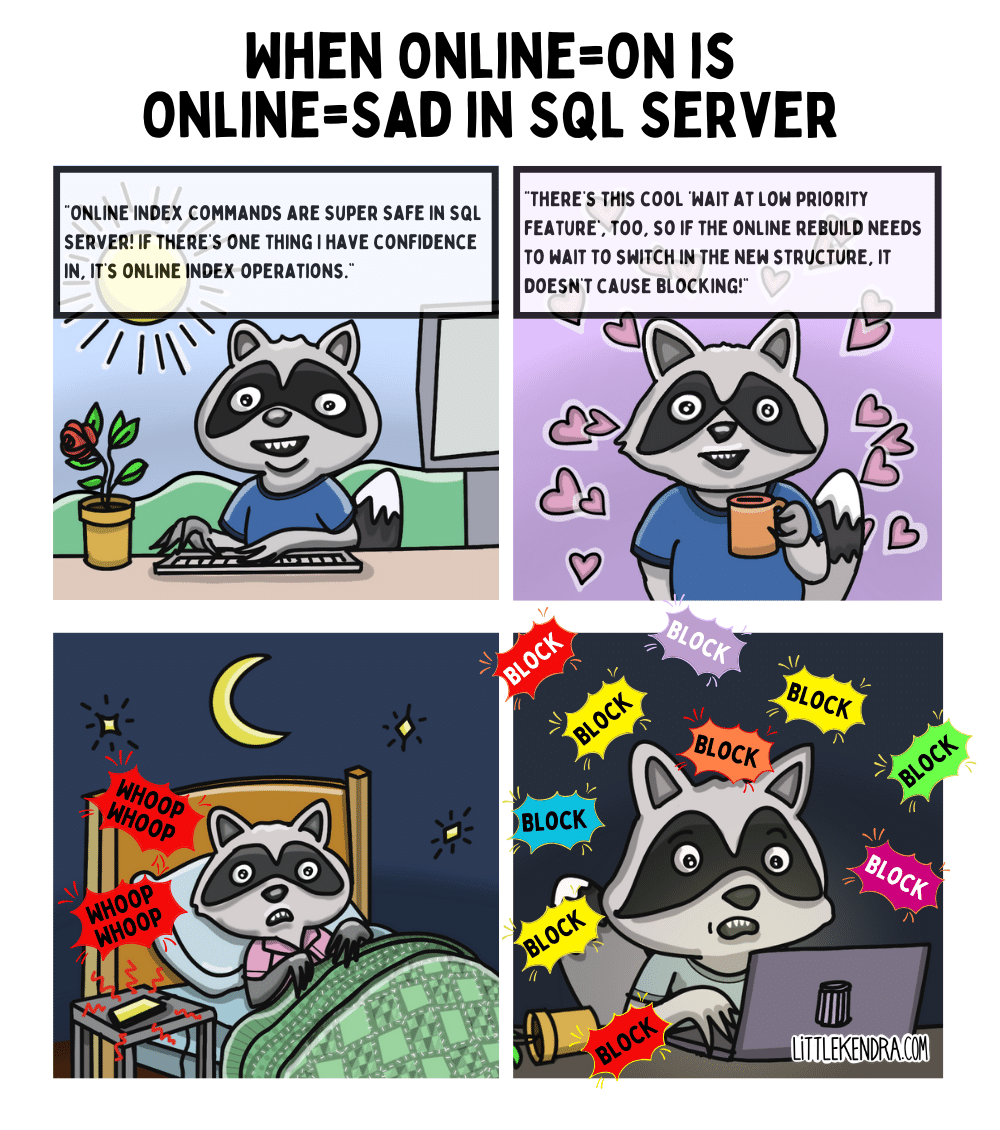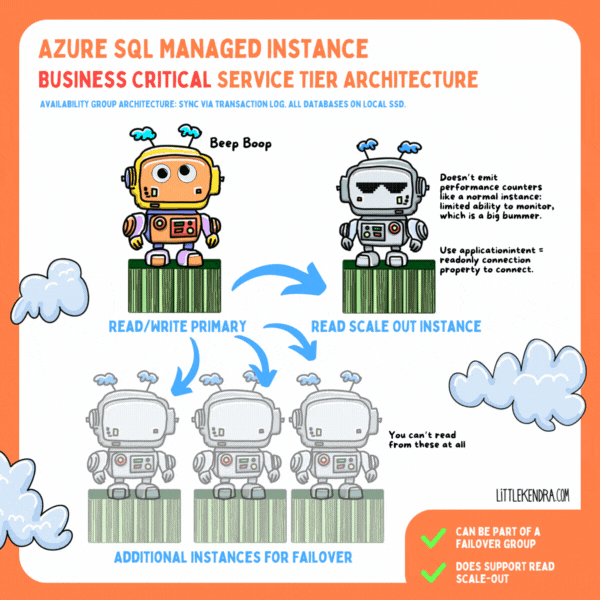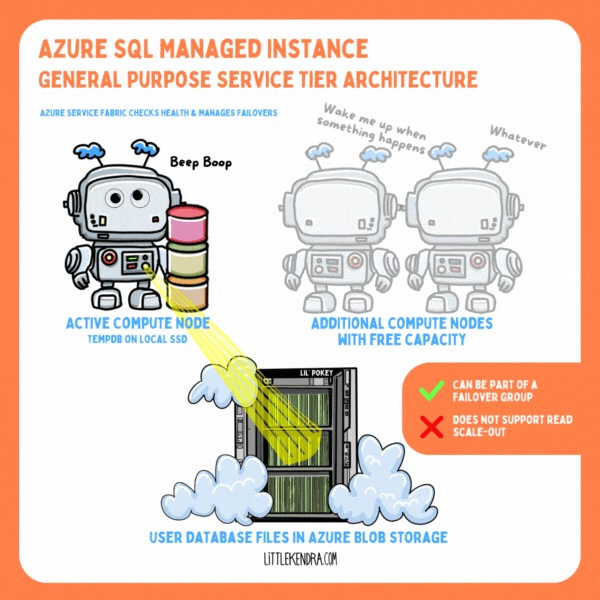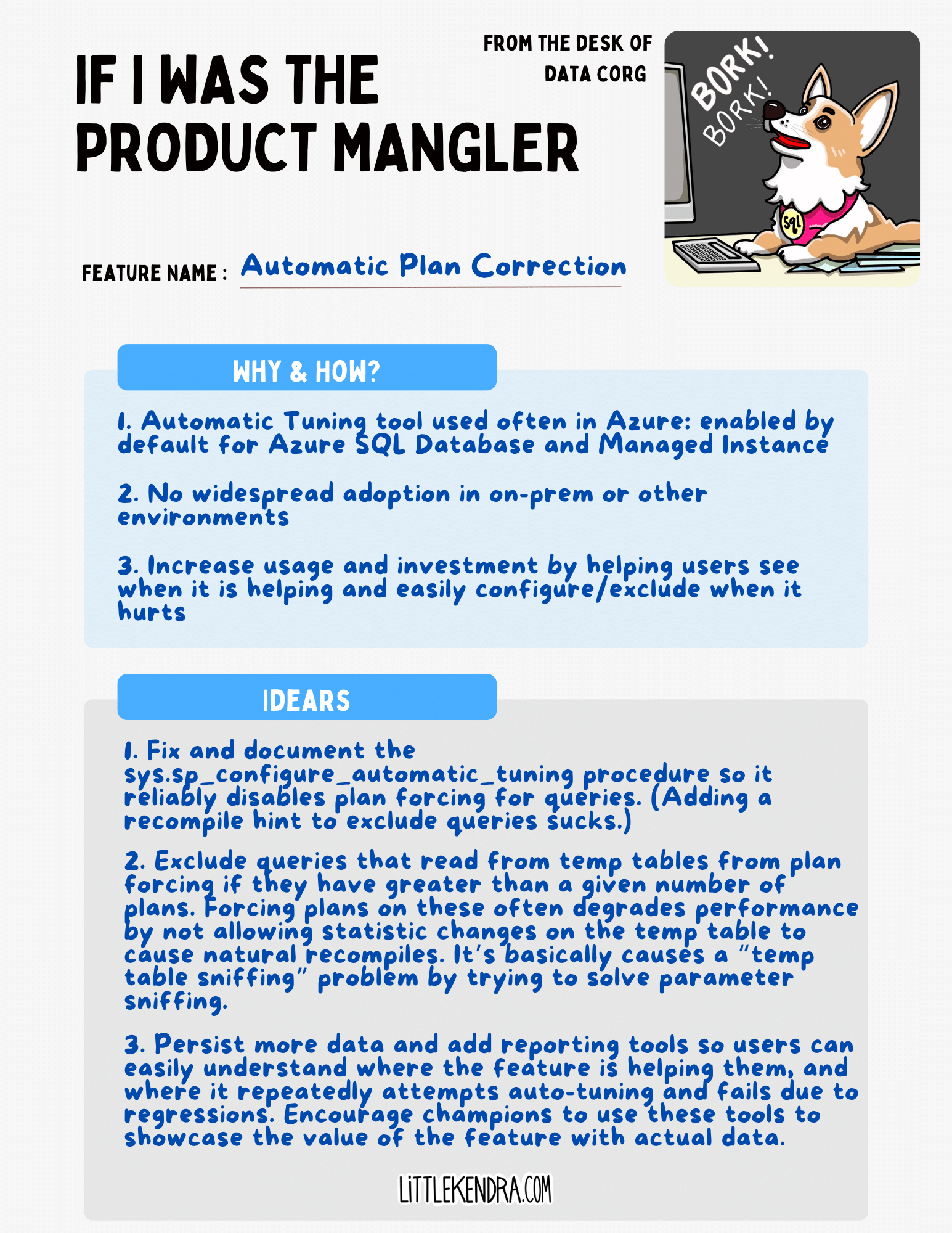Query Store Size Based Cleanup Causes Performance Problems - How to Avoid It
I’ve got a backlog of learnings from stress-testing to blog, so if you like this post there’s more to come. I’m a huge fan of SQL Server’s Query Store feature. Query Store collects query execution plans and aggregate query performance metrics, including wait stats. Having Query Store enabled makes troubleshooting performance issues such as bad parameter sniffing, much, much easier. Because Query Store is integrated into SQL Server itself, it also can catch query plans in a lightweight way that an external monitoring system will often miss.











